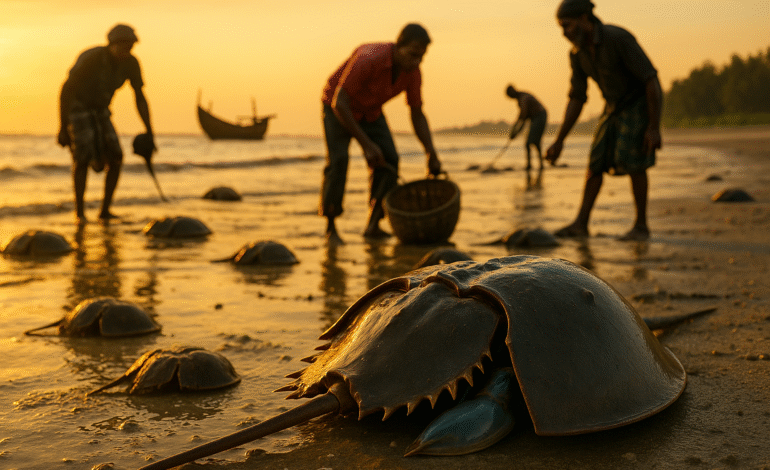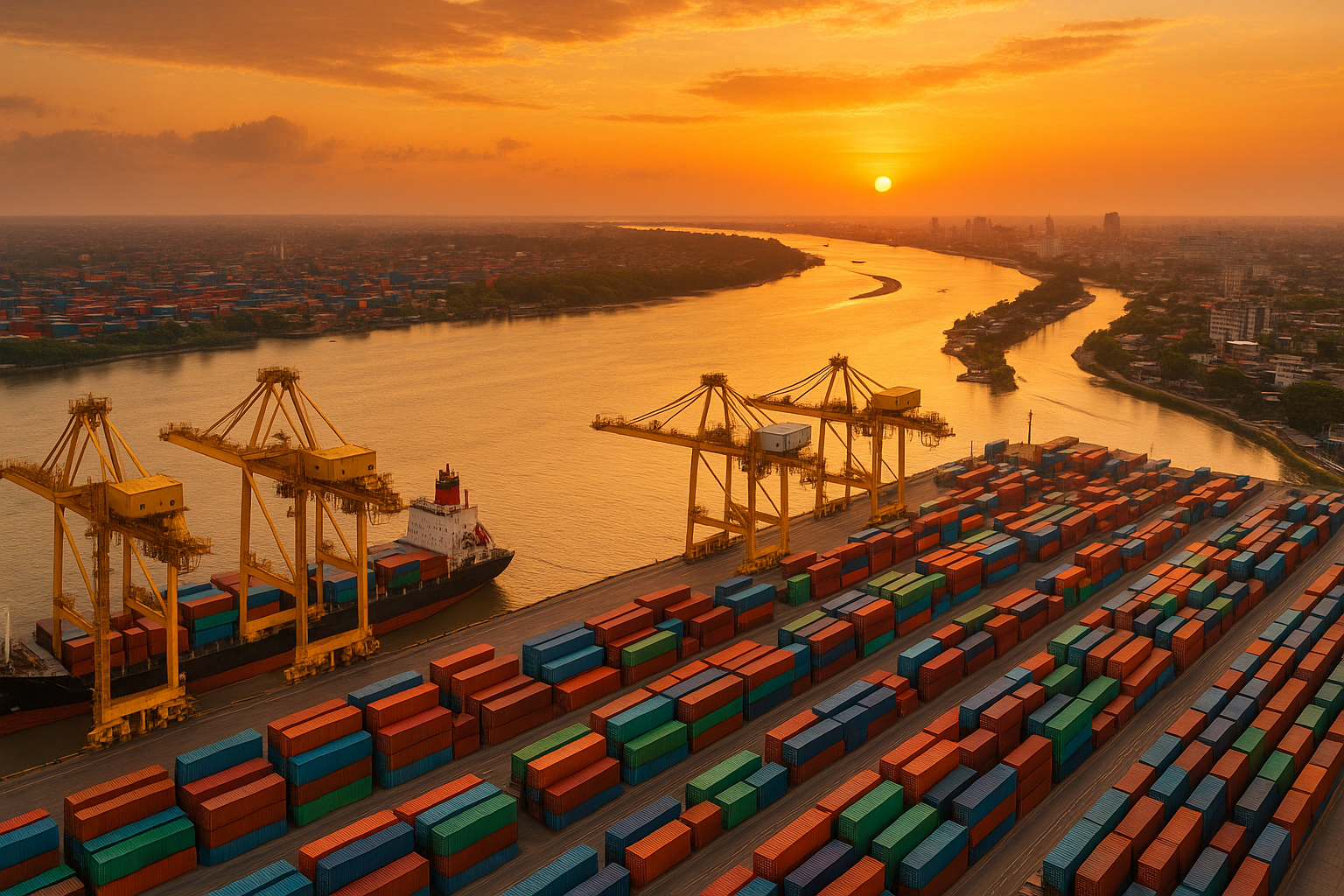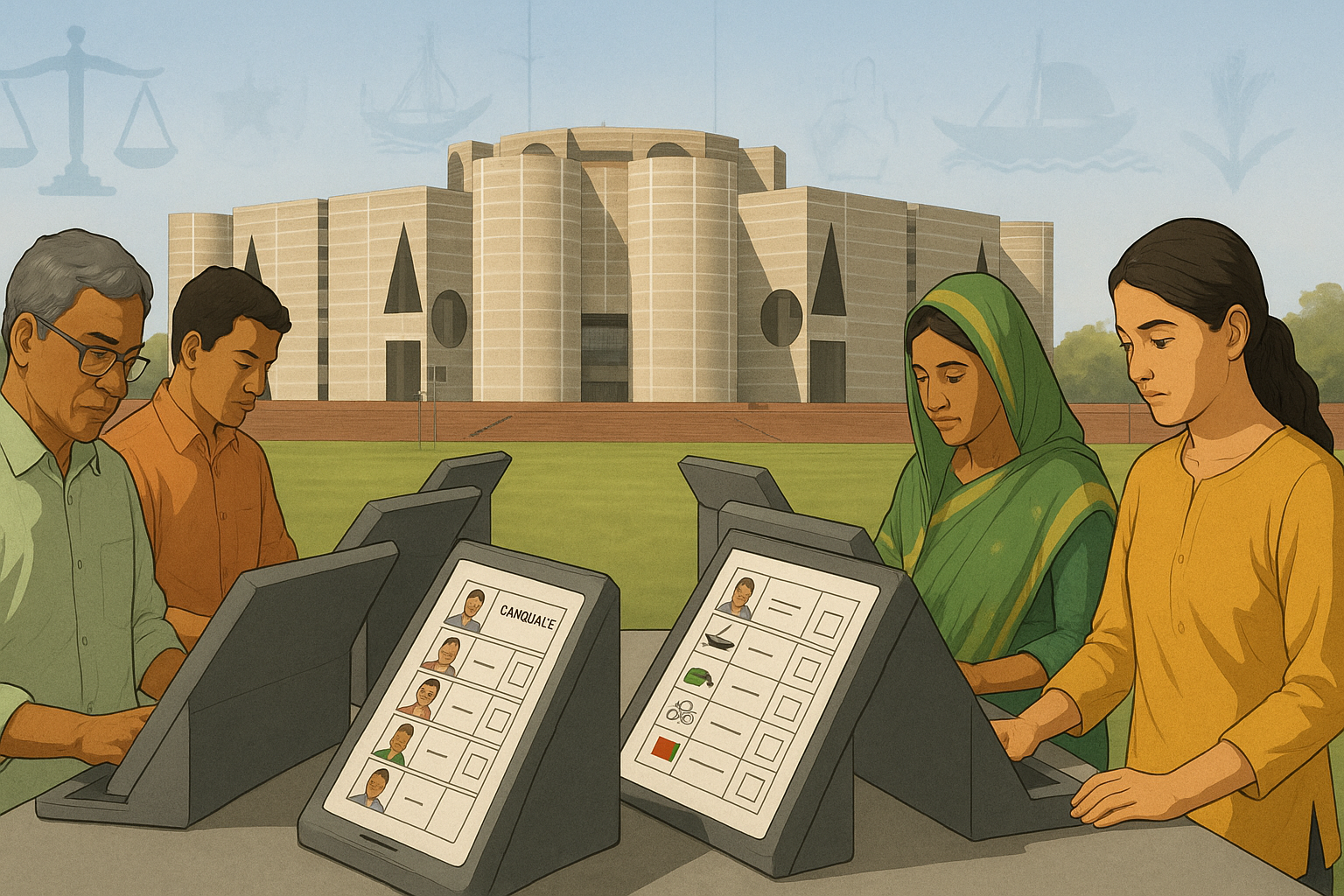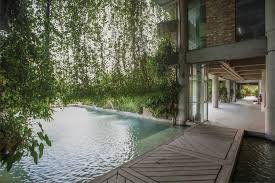Horseshoe Crab Blood Crisis in Bangladesh: A Pricey Threat to Nature

Understanding the Horseshoe Crab Blood Crisis
The horseshoe crab blood crisis has become one of the most alarming marine issues in Bangladesh. These ancient creatures, often called “living fossils,” have existed for more than 450 million years. Yet today, they face severe threats because their blue blood is considered one of the most valuable biological materials on Earth.
According to The Business Standard (source), horseshoe crab blood sells for as much as $15,000 per liter. This precious blood is used in the pharmaceutical industry to test vaccines and medical equipment for bacterial contamination. However, the growing biomedical demand is pushing the species toward extinction, especially along the Bay of Bengal coast.
Bangladesh’s coastal regions, from Cox’s Bazar to Sonadia Island, have long been natural habitats for these marine animals. Unfortunately, rising industrial use, habitat destruction, and unregulated collection have caused a sharp decline in their population. The horseshoe crab blood crisis now threatens not just this species but also the balance of Bangladesh’s entire coastal ecosystem.
The Science Behind Horseshoe Crab Blood
Horseshoe crabs have a unique blue-colored blood that contains Limulus Amebocyte Lysate (LAL). Scientists use this compound to detect endotoxins—toxic bacteria that can contaminate medicines or vaccines.
The LAL test, developed in the 1970s, is still the global gold standard for ensuring the safety of injectable drugs, vaccines, and surgical instruments. Every single vaccine, from COVID-19 to childhood immunizations, has undergone this safety test.
Because of this, hundreds of thousands of horseshoe crabs are caught every year. Their blood is extracted in laboratories, and though some are released back into the sea, many die from stress or improper handling. Studies from the United States and Japan estimate that up to 30 percent of bled horseshoe crabs do not survive after release.
In Bangladesh, the process is even more destructive. Without strict monitoring or ethical blood collection systems, most horseshoe crabs that are caught never make it back to the ocean alive.
Bangladesh’s Coastal Population of Horseshoe Crabs
Bangladesh’s coastlines are home to two main species: Tachypleus gigas (Indo-Pacific horseshoe crab) and Carcinoscorpius rotundicauda. Both species can be found in Cox’s Bazar, Teknaf, Sonadia Island, and the Sundarbans.
Marine researchers from Chittagong University’s Institute of Marine Sciences and Fisheries have reported a rapid decline in their sightings over the past two decades. Once commonly found during low tides, these creatures have become rare.
Recent surveys by local environmental groups show a 60 percent reduction in observed horseshoe crab populations in the Cox’s Bazar coastal belt since 2010. Fishermen say the species that once appeared frequently during net hauls is now almost missing.
The horseshoe crab blood crisis is not only reducing the species count but also weakening the entire marine food web in Bangladesh’s coastal zones.
Ecological Importance of Horseshoe Crabs
Horseshoe crabs play a critical role in maintaining coastal ecosystem health. Their eggs are an essential food source for migratory shorebirds that travel thousands of miles to Bangladesh’s coasts each year.
These birds, including species that migrate from Siberia and Central Asia, time their arrival with the crabs’ breeding season. If the crabs disappear, the birds lose a vital food source, leading to cascading ecological impacts.
In addition, horseshoe crabs help clean the ocean floor by feeding on detritus and small invertebrates. Their presence supports biodiversity by keeping the seabed healthy and balanced. Losing them means losing a natural cleaner and nutrient recycler of coastal habitats.
Global Demand and Medical Use
Globally, around 500,000 horseshoe crabs are caught each year for biomedical purposes. The majority come from the United States and parts of Asia, including India, Japan, and Southeast Asia.
Bangladesh’s crabs are often harvested illegally and trafficked across borders. Some are exported under the label of “marine samples” for research, avoiding direct bans.
Each liter of their blue blood can fetch between $12,000 and $15,000, depending on market demand. During the COVID-19 pandemic, the demand for LAL increased sharply, leading to a surge in illegal harvesting in several Asian countries, including Bangladesh.
Because there is still no nationwide legal framework specifically protecting horseshoe crabs in Bangladesh, they remain vulnerable to exploitation.
The Rising Threats on the Bay of Bengal Coast
The Bay of Bengal coastline has become increasingly hostile for marine species. Climate change, pollution, and unregulated fishing have intensified the crisis.
For horseshoe crabs, the most immediate threats are:
- Illegal harvesting for blood extraction and trade
- Habitat destruction due to coastal construction and shrimp farming
- Pollution from industrial waste and plastic dumping
- Rising sea levels affecting breeding zones
The Department of Environment (DoE) has acknowledged the issue, but enforcement remains weak. Coastal communities often lack awareness of the ecological importance of these animals. For many, they are simply “marine pests” or “strange creatures” washed ashore after storms.
The Synthetic Solution: A Ray of Hope
Scientists have developed a synthetic alternative to horseshoe crab blood called recombinant Factor C (rFC). This alternative can perform the same bacterial detection function without harming any animals.
According to Lonza Bioscience, one of the companies producing rFC, the synthetic test has already been approved by the European Pharmacopoeia and is now used by some major pharmaceutical firms.
If Bangladesh and other Asian nations adopt this technology, it could drastically reduce the need for crab blood extraction. However, cost, lack of awareness, and policy inertia have slowed the transition.
The horseshoe crab blood crisis can only be reversed through government regulation, international collaboration, and public awareness.
Bangladesh’s Conservation Challenge
Bangladesh has made progress in marine conservation in recent years, with initiatives such as the Marine Protected Areas (MPAs) in the Bay of Bengal and stricter fishing regulations during breeding seasons.
However, the protection of species like horseshoe crabs remains outside mainstream conservation discussions. Environmental experts have called for immediate inclusion of the species in the Bangladesh Wildlife Conservation Act, which would make their hunting and trade illegal.
Non-governmental organizations like Tarupallab and Marine Conservation Bangladesh are already raising awareness among coastal communities. They organize beach clean-ups, conservation campaigns, and educational tours to teach locals about the importance of marine biodiversity.
Socioeconomic Angle: Local Communities and Livelihoods
For many coastal villagers, the collection of horseshoe crabs provides a quick source of income. Middlemen offer cash for each crab, and the value rises for mature ones.
However, this short-term profit comes at a long-term ecological cost. Once local crab populations vanish, fishing productivity also drops. Fewer crabs mean poorer sediment quality and declining numbers of fish that depend on balanced seabed ecosystems.
By introducing community-based conservation, these same coastal residents can become guardians instead of collectors. Eco-tourism and research programs could create alternative jobs that both support livelihoods and protect the ecosystem.
Why This Crisis Matters to Bangladesh’s Future
The horseshoe crab blood crisis is not just a biodiversity issue. It is a reflection of how Bangladesh manages its relationship with nature in the age of biotechnology.
Losing this ancient species would mean losing millions of years of evolutionary heritage. Moreover, it would weaken Bangladesh’s claim to marine biodiversity leadership within South Asia.
The global environmental community now views horseshoe crabs as a symbol of sustainable coexistence between science and nature. For Bangladesh, this is a test of responsibility and foresight.
Steps Forward for Bangladesh
To protect horseshoe crabs and prevent further exploitation, experts recommend a few urgent actions:
- Include both Tachypleus gigas and Carcinoscorpius rotundicauda in the national endangered species list.
- Develop strict export controls on any trade involving crab blood or samples.
- Encourage research partnerships with universities and biotech firms to adopt rFC technology.
- Expand Marine Protected Areas to include crab breeding zones near Sonadia Island and Teknaf.
- Launch public education programs highlighting the ecological and medical importance of the species.
These steps can turn the current crisis into a model of responsible science and conservation.
A Race to Save the Ancient Blue Blood
The horseshoe crab blood crisis in Bangladesh is a reminder that scientific progress should never come at the cost of nature’s balance.
These creatures have survived ice ages and mass extinctions, yet they are now vulnerable because of human greed. With coordinated policy, modern science, and community involvement, Bangladesh has the power to save this species before it disappears forever.
The solution is clear: replace extraction with innovation, exploitation with education, and neglect with protection.







